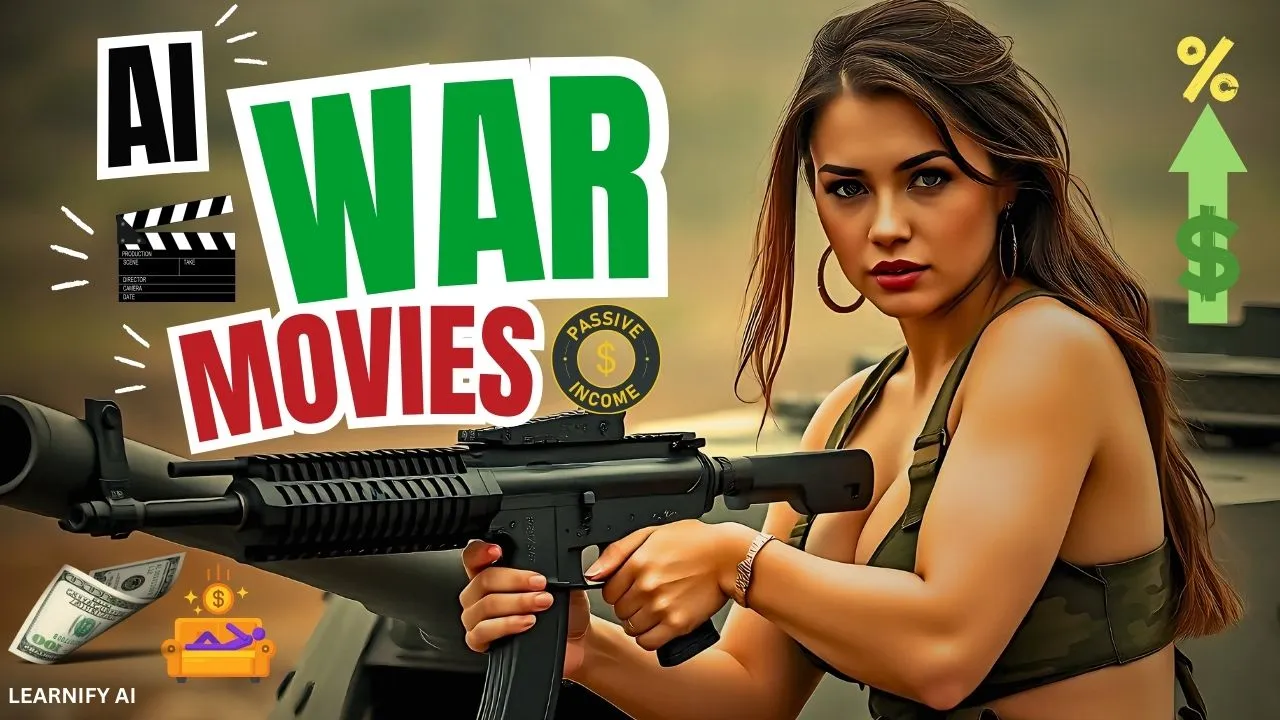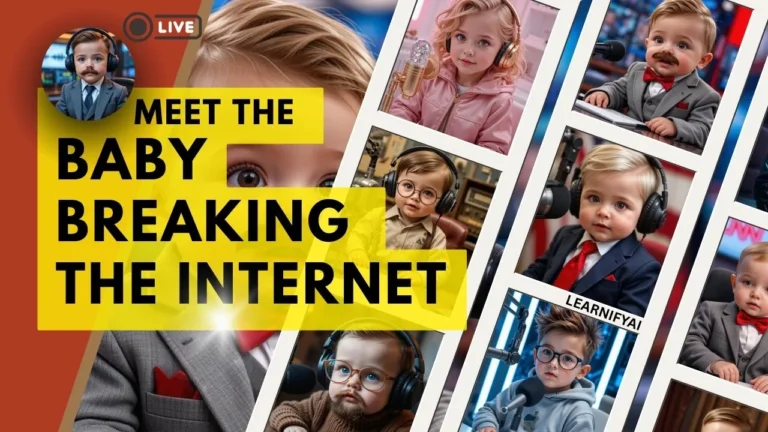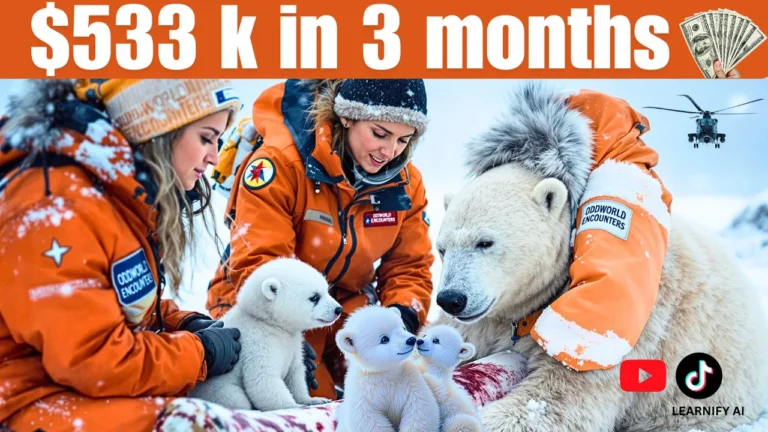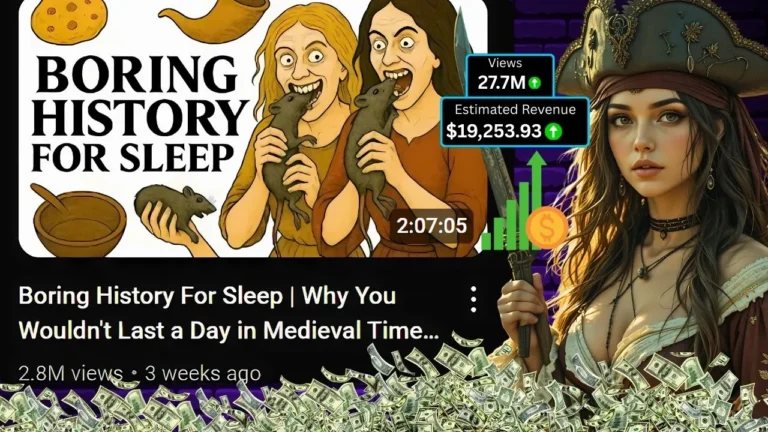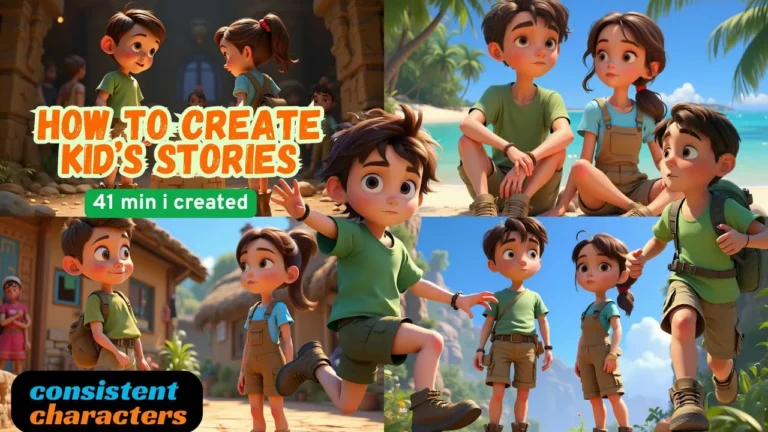How to Create a Hollywood AI War Movie: A Step-by-Step Guide
Have you ever wanted to direct your own AI war movie but figured you were limited by not having actors, cameras, or a budget? Well, thanks to the miracle of Artificial Intelligence (AI), you really can produce a AI war movie and cinematic masterpiece from scratch — and I’m going to show you how. In this article, you will learn how to take the intensity of a Hollywood AI war movie and create an AI-powered film right from your home.
Getting Started with ChatGPT to Create Scripts
Writing a good script is the first step in making a war movie, and that’s where ChatGPT comes into the picture. You don’t need a team of screenwriters to weave a compelling, impactful narrative. With just a couple of prompts, ChatGPT can generate an intricate movie script for you, complete with perfectly formatted scenes and emotional dialogue.
For our AI war movie, I chose to explore a World War II theme. Once I received my script, I structured it with a clear cinematic arc, from the opening scene to the climax. ChatGPT assisted me in breaking the story into smaller sections, ensuring that it would build to an exciting, suspenseful climax.
Image Generation with TensorArt: Making Your Script Come Alive for AI war movie
Now equipped with a script for AI war movie, it was time to visualize the scenes. To do this, I used TensorArt (specifically TensorArt Flux), an AI-powered image generation tool that transforms written prompts into stunning visuals. TensorArt provides the flexibility to produce the needed images to turn your written words into visual scenes, whether realistic, cinematic, or stylized artistic representations.
Each scene was treated with a different visual approach. For instance, one scene depicted battlefield tension, while another featured a violent explosion. I wrote detailed prompts for each scene — about 290 to 300 words per prompt — ensuring that every visual would be as cinematic as possible.
Enhancing Your Images: Using CapCut for Image Upscaling
After generating the images, I needed to improve their quality. Although TensorArt produces stunning visuals, I wanted to ensure they were crisp and professional enough for video production. For this, I used CapCut, a free tool that upscales images to 4K. I uploaded the generated images and selected the enhancement level, allowing CapCut to automatically boost the resolution and quality.
Image-to-Video with WAN 2.1: Synthesis Animation from Images
Now that I had all my high-res images ready, the next step was to convert them into animated videos. This is important because, in a Hollywood AI war movie, the sequences need to flow smoothly. For this, I used WAN 2.1, an AI image-to-video tool that animates static images. This tool brought movement, emotion, and dimension to each frame.
For each scene, I uploaded the image, pasted the full video prompt, and watched the tool work its magic. Each scene took about 3 minutes to generate, and I repeated this process for every scene in my script.
Step 2: Adding Voiceover Using CapCut TTS
No AI war movie is complete without a powerful voiceover. For this, I used CapCut TTS, a free text-to-speech AI platform. I copied and pasted my script into the text field, picked the voiceover artist, and within seconds, the voiceover was ready to go for making the video of AI war movie.
The Final Steps with CapCut Video Editor: Edit and Sync
With both the animated videos and voiceover ready, it was time to bring everything together. I used CapCut Video Editor, a simple but powerful video editor, to sync the visuals and voiceover. I dragged and dropped the video clips onto the timeline, making sure the visuals matched the pacing and tone of the voiceover. I also added transitions between scenes, special effects like black-and-white filters, spark effects, and mist effects to give the film a cinematic feel.
Adding Background Music and Sound Effects
Adding background music and sound effects is a crucial step in setting the mood. I turned to Pixabay, a site offering free, royalty-free audio, to find the perfect sounds. I downloaded dramatic sound effects like explosions and tension music, then synced them with the visuals and voiceover.
The Final Touch: Captions
To ensure accessibility, I added captions to the video. CapCut Video Editor has an “Auto Caption” feature that automatically generates captions in English. I then customized them to match the movie’s style, ensuring my audience could fully engage with the content.
Conclusion: Your AI-Made Movie Is Complete!
And that’s it — you’ve just created your very own Hollywood AI war movie, thanks to AI! From writing scripts with ChatGPT to generating high-quality images and turning them into animated videos, you now know the entire AI filmmaking process. With tools like TensorArt, CapCut, and AI war movie WAN 2.1, you can create cinematic masterpieces with ease.
This process isn’t limited to war movies — you can use these same techniques to create AI short films, AI animations, or AI movies in any genre you choose. So, go ahead, spread your wings, and get started on your own AI-powered movie production.
Start creating your AI war movie now with the best AI video generators! Whether you’re a filmmaker, content creator, or a complete novice, these tools can help bring your movie ideas to life. Ready to dive into AI filmmaking? Learn more about making money using AI and building your faceless YouTube channel at Learnify AI.
Prompts for Making Video:
Prompt: 1
I am planning to create an AI-powered cinematic Hollywood-style movie channel. I need guidance on the following aspects: choosing the best topics, selecting iconic films, and identifying memorable scenes to focus on. My goal is to ensure that no key details are missed in the creation process. I would like to get advice on selecting the right topics first, and later I’ll ask for detailed instructions on how to create scenes from scratch — including scene creation, voiceovers, text-to-image, and image-to-video prompts.
Prompt 2:
Please give me themes including topics of the Hollywood cinematic films for making excellent videos with ai tools, my suggestion (sci-fi epics, World War 2, noir thrillers, fantasy adventures).) you can include more.
Prompt 3:
Now write a short story sequence wise cinematic script from start to end, must include climax of each scene. Topic: World War II:
Prompt 4:
Now give me cinematic and realitic text to image and image to video prompt, please these things consider in each scenes. Give me a 290-300 word prompt, and my AI tool can create 5 second video, so include these things in prompt, so always take care about consistent character animations with subjects, supporting elements, movement, environments, camera work, color, and style.” Give me prompts for each scene of this narration. If the object is shown from the back, also turn the body with its head;. And if the object turns or moves back somewhere, maintain character consistency by ensuring its face remains unchanged.
Prompt 5:
Please now provide voiceover and voiceover should be in paragraphs without headings.

